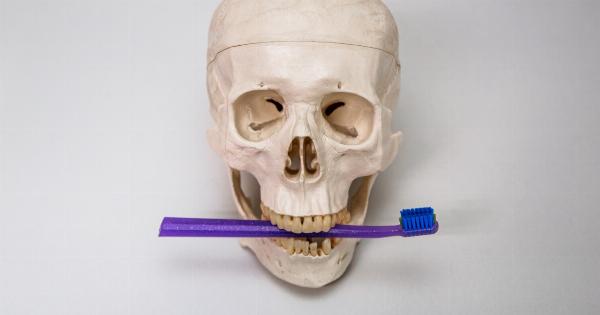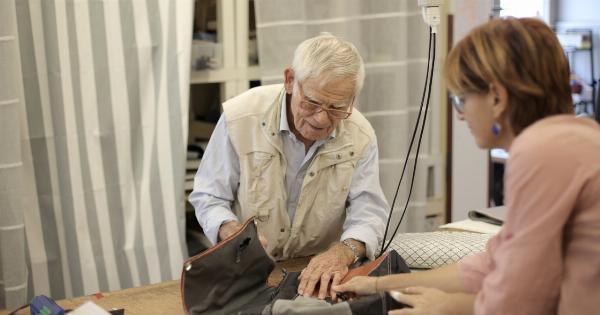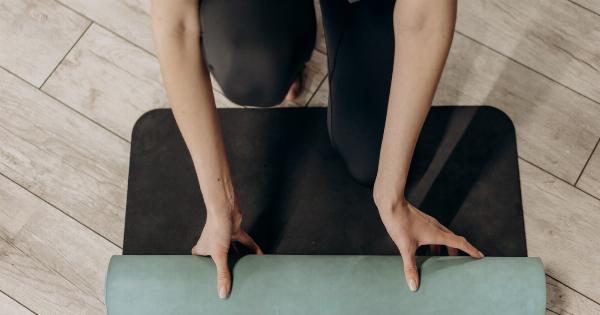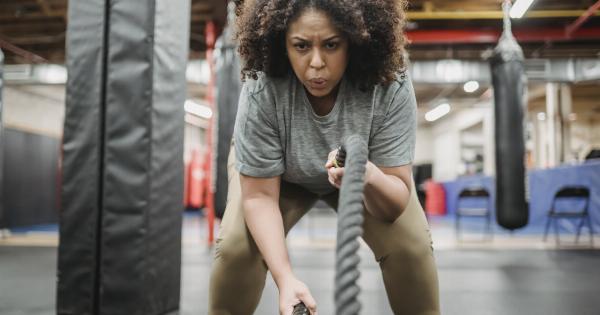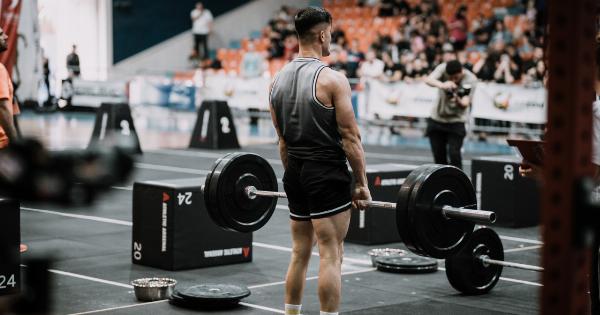Yoga has become a popular form of exercise for people of all ages around the world. It offers a range of benefits including improved flexibility, balance, and strength, while reducing stress and improving mental health.
However, like with any physical activity, there is a risk of injury. As we age, our bodies become more vulnerable to injuries, and hence, it is important to understand how age affects the risk of yoga injuries.
The Risk of Yoga Injuries Increases With Age
As we age, the risk of injury in any form of physical activity increases. The same holds true for yoga. According to a study by the Consumer Product Safety Commission, in 2010, there were over 5,500 yoga-related injuries in the U.S.
This number may seem relatively small, but the study also found that the number of injuries had increased by 87% from 2004. Furthermore, the rate of injuries for people over the age of 65 was almost four times higher than for those under the age of 65.
Reasons for Increased Risk of Yoga Injuries in Older Age
There are several reasons for the increased risk of yoga injuries in older age:.
Reduced flexibility
As we age, our muscles and joints tend to become less flexible. This can lead to strain on the muscles and joints during yoga poses that require a greater range of motion. This can result in injuries such as muscle pulls, sprains, and muscle tears.
Decreased bone density
As we age, our bones become less dense, which makes them more prone to fractures. This means that older adults are more likely to experience fractures as a result of a fall during yoga poses that require balance and stability.
Changes in balance and coordination
As we age, our balance and coordination deteriorate. This can make it more difficult to maintain proper form during yoga poses that require balance, such as the tree pose or the eagle pose.
Poor form can result in injuries, particularly in the lower back, knees, and ankles.
Existing health conditions
Older adults are more likely to have underlying health conditions that can increase the risk of injury during yoga. These may include arthritis, osteoporosis, heart disease, or diabetes.
These conditions can affect the body’s ability to perform certain yoga poses and may increase the risk of injuries.
Preparing for Yoga Practice to Reduce Risk of Injury
While injury risk may increase with age, it doesn’t mean that older adults should avoid yoga practice altogether. With proper precautions, yoga can be a safe and effective form of exercise for older adults.
Some tips to reduce the risk of injury during yoga practice include:.
Consult with a physician
Before starting any new exercise routine, it is important to consult with a physician, particularly if there are any underlying health conditions or concerns about physical limitations.
The physician can provide guidance on modifications that may be necessary to reduce the risk of injury.
Choose a qualified yoga instructor
Choosing an experienced and qualified yoga instructor is essential to reduce the risk of injury. Instructors who have experience working with older adults will be able to provide guidance on modifications, proper alignment, and form during poses.
Start slow and progress gradually
Starting slow and progressively increasing the intensity and duration of yoga practice can help reduce the risk of injury. It is important to listen to the body and not push past limits to avoid strain or injury.
Warm-up properly
Warming up before starting yoga practice is essential to prepare the muscles, joints, and connective tissues for physical activity. A proper warm-up can also reduce the risk of injury.
Use props for support and balance
Using props such as blocks, straps, or chairs can provide additional support and balance during yoga poses and reduce the risk of injury.
Conclusion
Yoga can offer a range of benefits for older adults, but it is important to understand the risk of injury associated with the practice.
By taking the necessary precautions and consulting with a qualified instructor, older adults can reduce the risk of injury and enjoy the many benefits of yoga practice.


